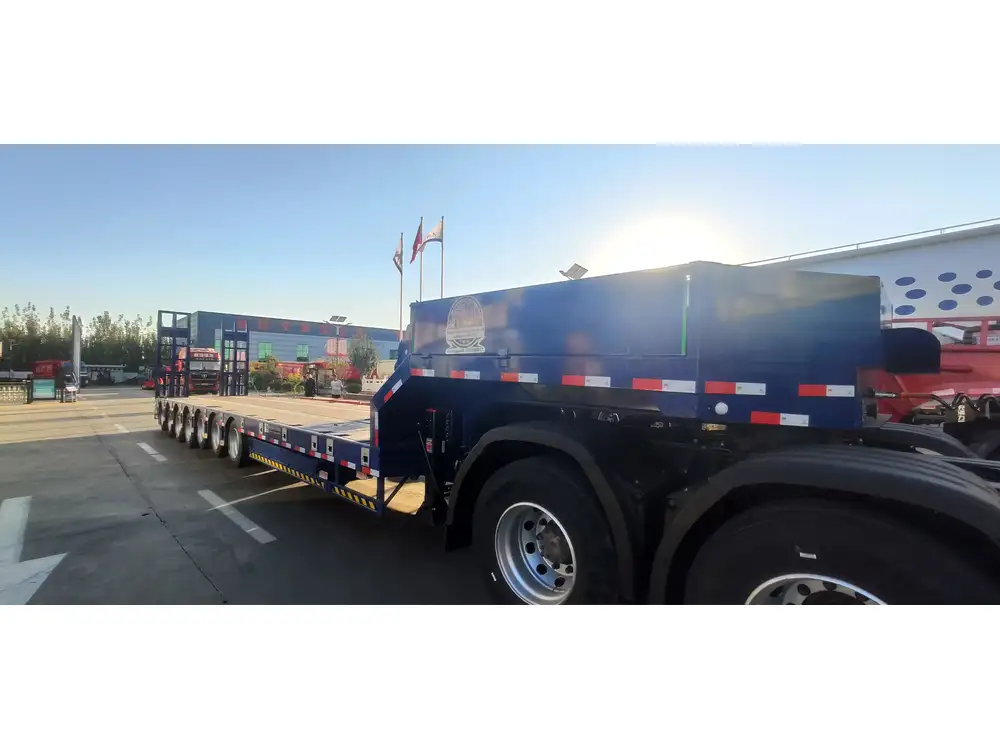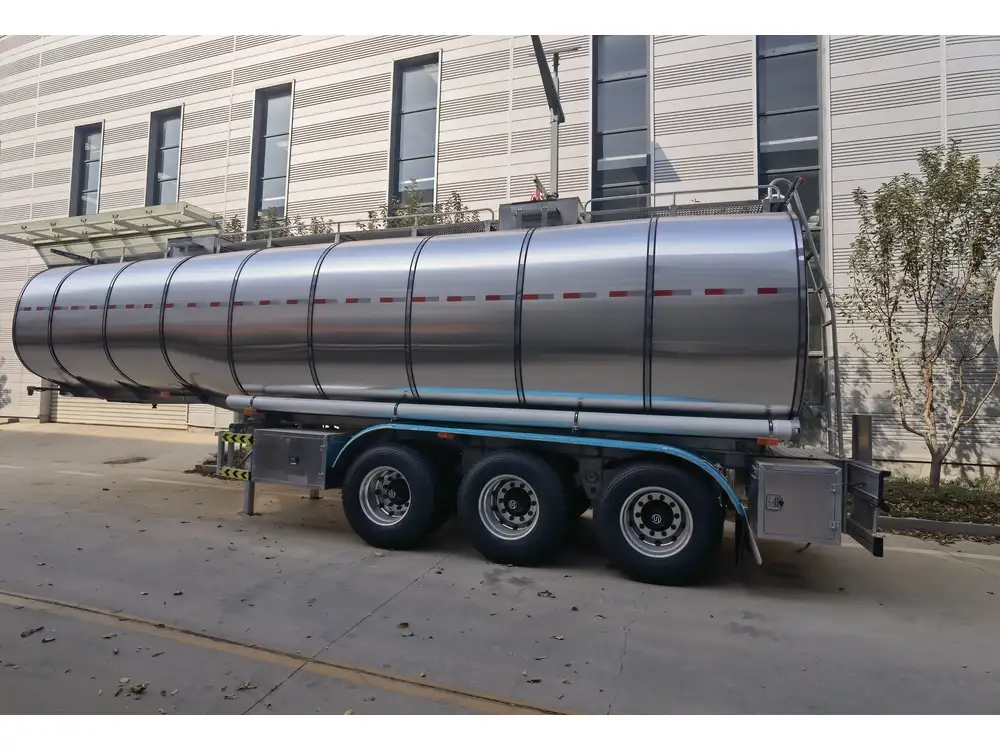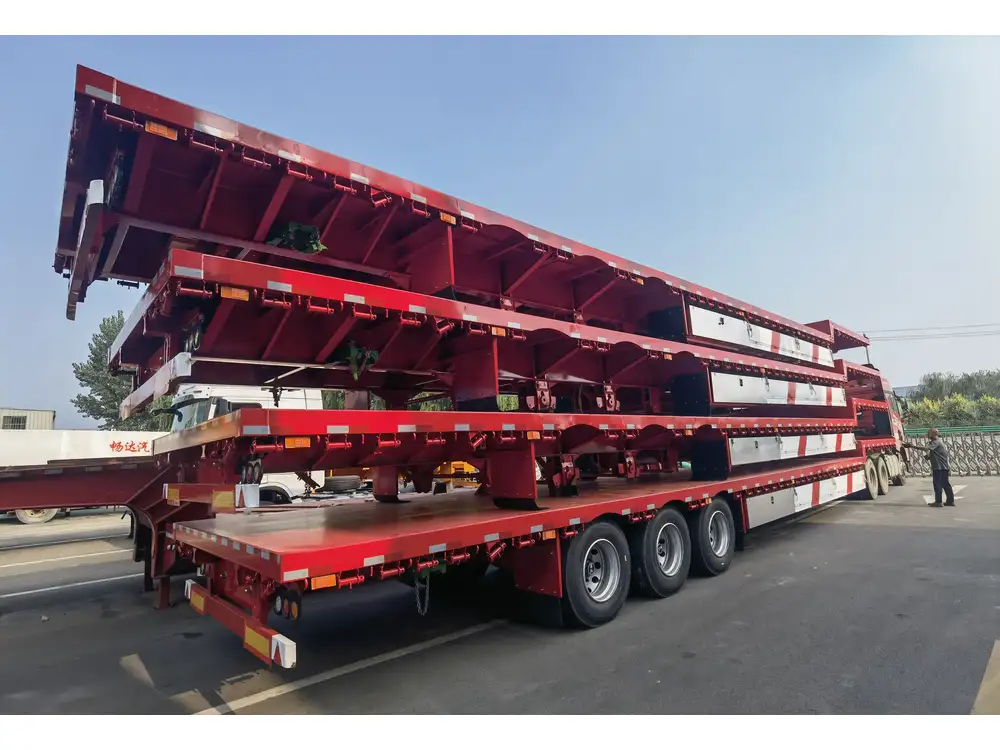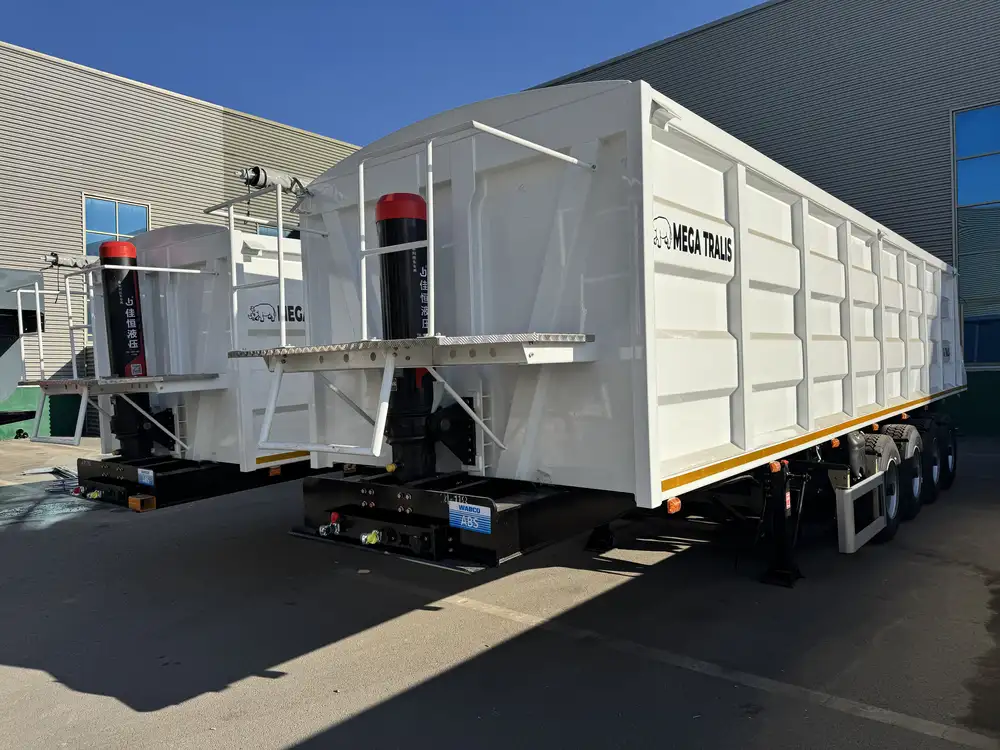Introduction to Dump Trailer Capacities
When it comes to construction, landscaping, or waste management, knowing the capacity of your hauling equipment is essential. The 7x14x4 dump trailer is a popular choice among contractors due to its versatility and efficiency. With dimensions measuring 7 feet in width, 14 feet in length, and 4 feet in height, it serves various purposes, from transporting materials to disposing of debris. In this article, we will delve into how to calculate the cubic yard capacity of this specific dump trailer and explore factors influencing its effectiveness and suitability for your needs.
Calculating the Volume of the 7x14x4 Dump Trailer
To establish how many yards of material a 7x14x4 dump trailer can carry, we first need to calculate the total cubic feet and then convert that volume into cubic yards.

Step 1: Calculate Total Cubic Feet
The formula for calculating the volume of a rectangular prism (which applies to the dump trailer) is:
[ \text{Volume} = \text{Length} \times \text{Width} \times \text{Height} ]Plugging in the dimensions of a 7x14x4 dump trailer:
- Length = 14 feet
- Width = 7 feet
- Height = 4 feet
Step 2: Convert Cubic Feet to Cubic Yards
Knowing that 1 cubic yard equals 27 cubic feet, we can convert the volume we’ve just calculated:
[ \text{Cubic Yards} = \frac{\text{Cubic Feet}}{27} ] [ \text{Cubic Yards} = \frac{392}{27} \approx 14.52 ]Thus, a 7x14x4 dump trailer can carry approximately 14.5 cubic yards of material when filled to capacity.
Factors Affecting the Usable Capacity of a Dump Trailer
While the theoretical maximum capacity provides a useful benchmark, several factors can influence the actual volume you can safely and effectively transport. Understanding these factors helps in optimizing your loading strategy.

1. Weight Restrictions
Dump trailers often come with specific weight limits dictated by regulations and safety standards. It’s crucial to avoid exceedings these limits even if the trailer’s cubic capacity suggests you could. Different materials have different weights; for example:
| Material | Approx. Weight per Cubic Yard |
|---|---|
| Topsoil | 1,080 lbs |
| Gravel | 2,500 lbs |
| Concrete | 3,000 lbs |
| Mulch | 400 lbs |
2. Load Distribution
Properly distributing weight across the trailer is vital for maintaining stability and control during transportation. Avoid overloading one side, as this can lead to accidents or damage.
3. Material Type
The type of material being loaded can significantly affect the trailer’s usable capacity. Some materials compact more tightly than others, leading to a situation where you might not fill every cubic foot to its maximum density.

4. Legal Load Limits
Be mindful of local regulations regarding the maximum load size and weight that can be legally transported. Fines can accrue quickly for overloaded trailers.
Practical Applications of the 7x14x4 Dump Trailer
Understanding your dump trailer’s capacity allows you to use it effectively for various applications:
Construction Sites
Construction managers often use dump trailers for:
- Transporting Materials: Moving aggregates, timber, and other construction supplies.
- Disposing of Debris: Handling construction waste and rubble effectively.

Landscaping
For landscaping projects, the dump trailer is invaluable when:
- Delivering Bulk Materials: Such as soil, mulch, or decorative stones.
- Removing Old Landscaping: Efficiently hauling away debris or old plants.
Waste Management
In waste management scenarios, dump trailers prove beneficial for:
- Collecting Waste: Litter, yard waste, and other rubbish for transport to disposal sites.
- Restoration Projects: Aiding in the cleanup and transportation of materials in environmental restoration efforts.
Tips for Maximizing Your Dump Trailer’s Efficiency
To ensure optimal performance from your 7x14x4 dump trailer, consider the following tips:

1. Plan Your Loads
- Prioritize Weight Over Volume: Focus on the weight restrictions for your trailer rather than purely on cubic capacity.
- Map Out Sites: Before loading, know where you are going to avoid unnecessary travel and loss of time.
2. Load Wisely
- Level Loading: Make sure the load is distributed evenly across the trailer.
- Maximize Height Strategically: Filling to the edges without going overboard can help maximize space without risking safety.
3. Routine Maintenance Checks
- Inspect Regularly: Periodically examine trailer brakes, tires, and suspension for wear and tear to avoid breakdowns.
- Cleaning: Keep the trailer clean from debris to preserve its lifespan and maintain professionalism.

Choosing the Right Dump Trailer for Your Needs
When considering purchasing a dump trailer, it’s essential to assess your specific operational needs. The 7x14x4 dump trailer’s dimensions make it an excellent choice for many users, but factors like towing capacity, weight limits, and intended use ultimately guide the decision process.
Key Considerations:
| Criteria | Importance |
|---|---|
| Towing Vehicle Capacity | Ensure your vehicle can safely tow the trailer’s combined weight. |
| Material Types | Select a trailer tailored to specific materials (e.g., heavier or lighter options). |
| Frequency of Use | Consider if a more robust model is necessary for heavy, frequent tasks. |
| Storage Space | Assess storage availability when the trailer is not in use. |
Conclusion
Understanding the capacity and practical applications of a 7x14x4 dump trailer allows industry professionals to make informed decisions that enhance productivity and safety. By calculating its cubic yard capacity, examining factors affecting load, and strategically planning for use, you can leverage this versatile equipment to meet your operational needs more effectively. Whether involved in construction, landscaping, or waste management, knowing the ins and outs of your dump trailer can significantly impact your workflow, efficiency, and ultimately, your bottom line.
By maximizing your trailer’s potential, you not only cut costs but also increase your project delivery speed, which is invaluable in today’s fast-paced working environments. Embrace these insights to drive your operations forward and make informed, effective loading and hauling decisions.



